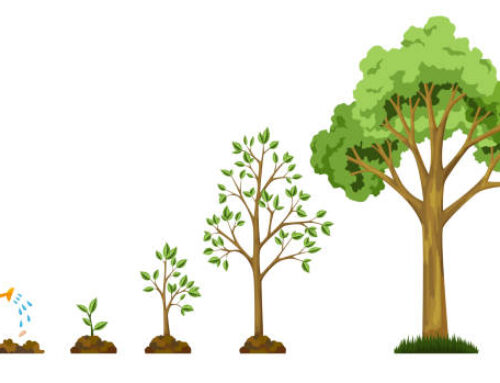When disaster strikes
Shawnee Love •
February 16, 2010
The horrors of the Haitian earthquake got me thinking about emergencies at work and the plans we make as managers and business owners. Ensuring the safety and security of assets is part of many businesses and because workers are often the most important asset, protecting them is equally as critical. We are fortunate in Canada to have Health & Safety legislation governing the workplace which encourages employers to be proactive in their approach to safety. But what happens when the scope of the emergency is beyond the emergency plan?
I recently read an article that spoke about the planning process as being as important as the plan itself and I wholeheartedly agree. In going through the planning process, the company and its employees learn what is important and where they are vulnerable. Through that process, they know what and how to prioritize in the event of an emergency.
I spoke with Mart (Marty) Blazina, HR Manager of Gorman Bros Lumber Ltd in Westbank which was at ground zero of the Glenrosa fire in 2009 and Andy Gebert, co-owner of St. Hubertus Estate Winery Ltd. in Kelowna which was burned to the ground during the Okanagan fires of 2003 to find out more about how Okanagan businesses handled extreme emergencies and what they would do differently next time.
Marty spoke about Gorman’s emergency preparedness before the fires. As a mill, they have a health and safety committee and had fire and first aid emergency protocols with contact numbers established when the fire hit. These emergency response protocols ensured that mill management were contacted almost immediately after the fire began and at the same time enabled activation of an in-house emergency response. Marty credits those plans with reducing damage to the mill, because they ensured everyone knew what to do and how to get started.
Both Andy and Marty emphasized the importance of good communication during the emergency because they were able to prioritize and target their efforts on an ongoing basis.
Marty attributes much of the success of Gorman’s mill to the family culture and its employees who rallied and took ownership for their work areas and the workplace in general. They soaked areas where fires were likely, sprayed down spot fires, and removed at risk inventory and through these actions (with a little providential help) prevented the entire mill from going up in smoke.
Providence wasn’t as helpful in the case of St. Hubertus unfortunately, as Andy lost his entire winery and a whole grape harvest not to mention 10% of his vines. But Andy also saw people pitching in to move inventory, fight fires and evacuate as necessary.
And finally, Marty and Andy both talked about the importance of getting back into normal operations as soon as possible and learning from the disaster. Gorman’s held a couple debriefing meetings to find out what worked, what didn’t, and what they could do better if disaster struck again. They have an action plan that they are working through and Marty will follow up to ensure that the action items that were agreed to are implemented.
So what have I learned from the experiences of St Hubertus and Gorman Bros?
·Expect the worst
·Go through the planning process.
·Ensure your communication protocol is rock solid
·Learn from your mistakes
And it doesn’t hurt to encourage a great organizational culture.




